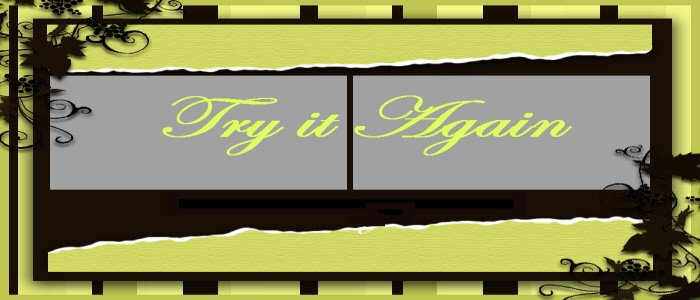
By Stacy Teicher Khadaroo
For decades, the emphasis in public education has been on making sure that students can read, write, and do math. But can they apply those skills in a real-world scenario, such as designing a bridge? Can they identify what information they need and use digital tools to find it? (read more.....)


3 comments:
I guess the crux of the issue is summed up in the very last sentence...that people learn best by learning content and application at the same time. I certainly never did that as a kid. I'd say my kids learned some practical application of their skills in a few classes, but not many.
Just yesterday, I was figuring out a particularly complicated calculation at work for a financial statement. And I wrote out a formula using - believe it or not - algebra.
I was here but it's late and will come back and study this one later.
And another thing I wonder is how the government would implement an initiative such as the Partnership for 21st Century Skills. I mean, how do you set standards at the Federal Gov't level when you're dealing with such a massive variety in demographics? No Child Left Behind was a good idea, but implementing it and attaching funding to how well a school met those standards seems to have done more harm than good according to what my teacher friends say.
Anyway, Ann, what I'm trying to ask is, what is it that O's government at the Federal level should be doing to affect these 21st Century goals and how much responsibility should he, as opposed to the states, take?
Post a Comment